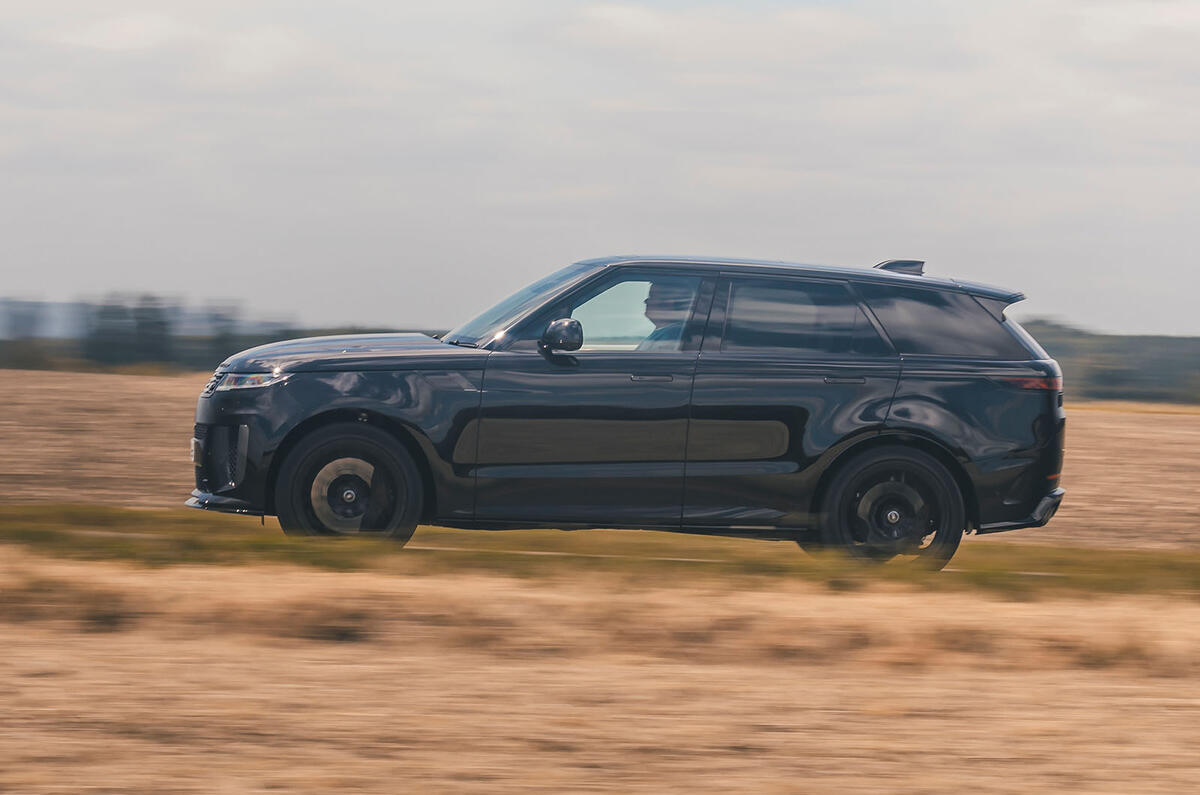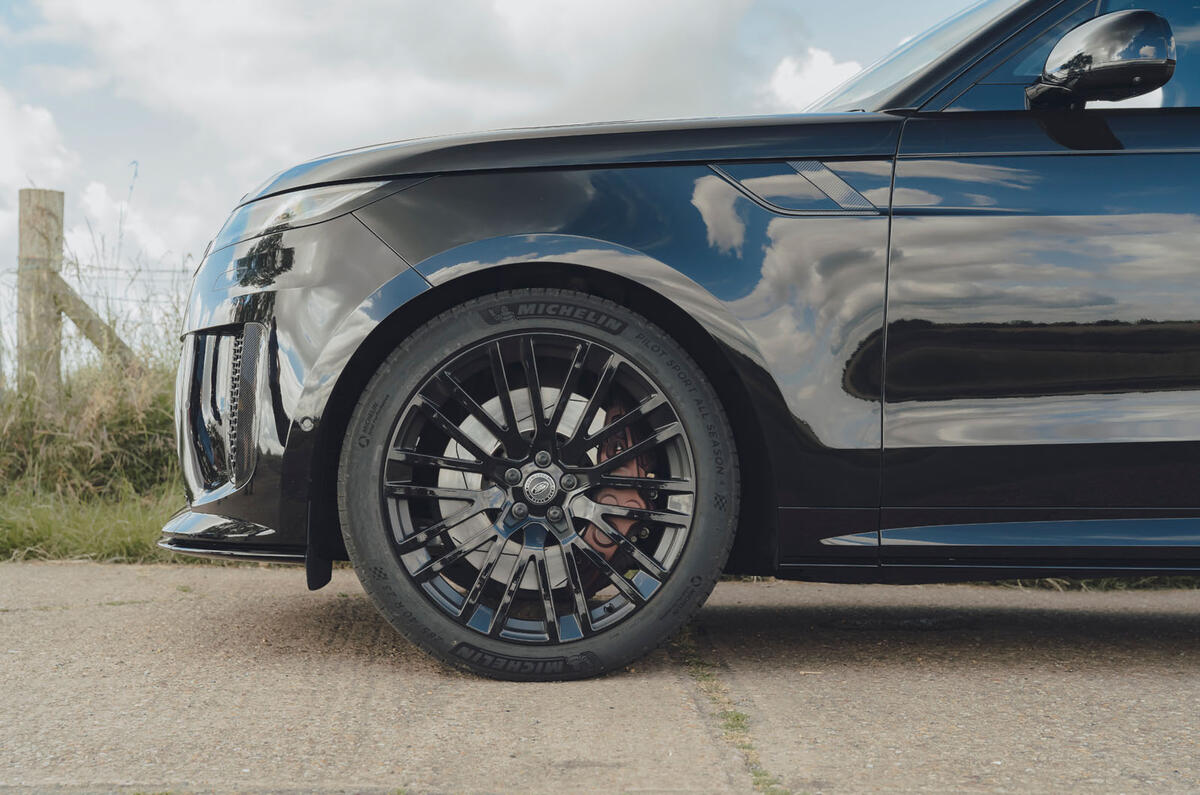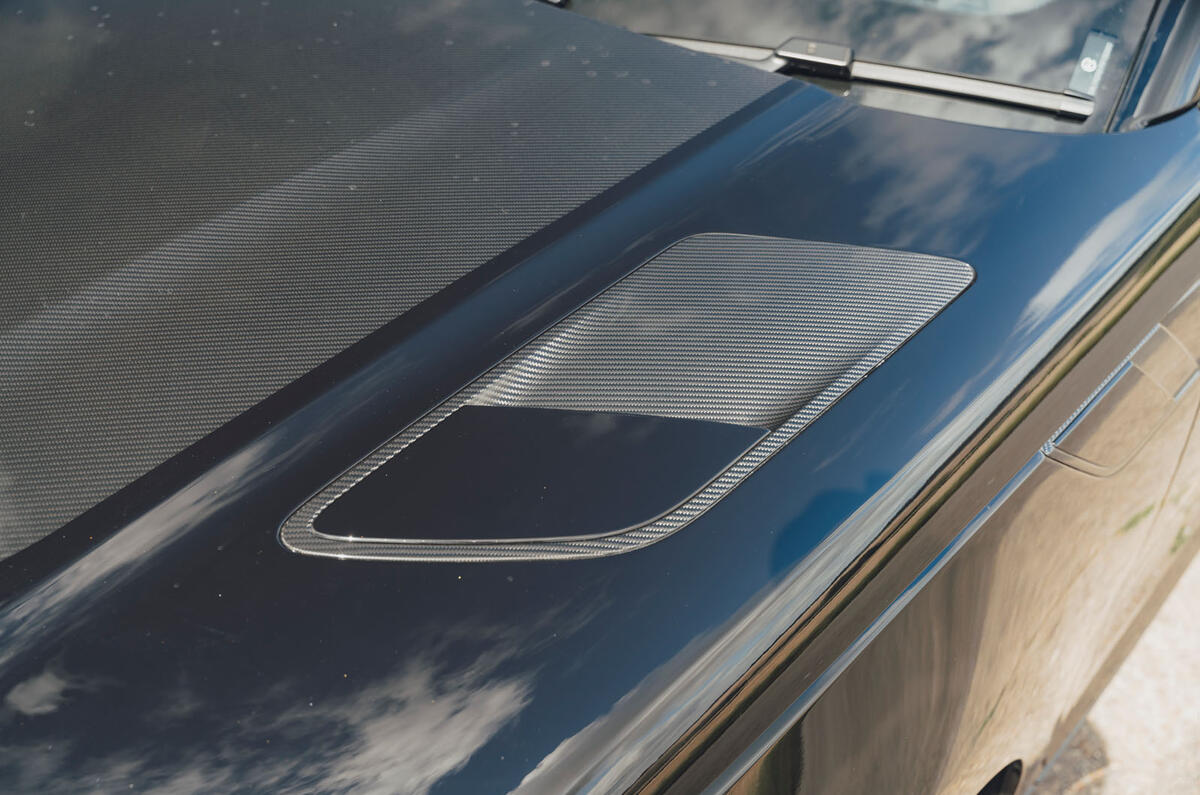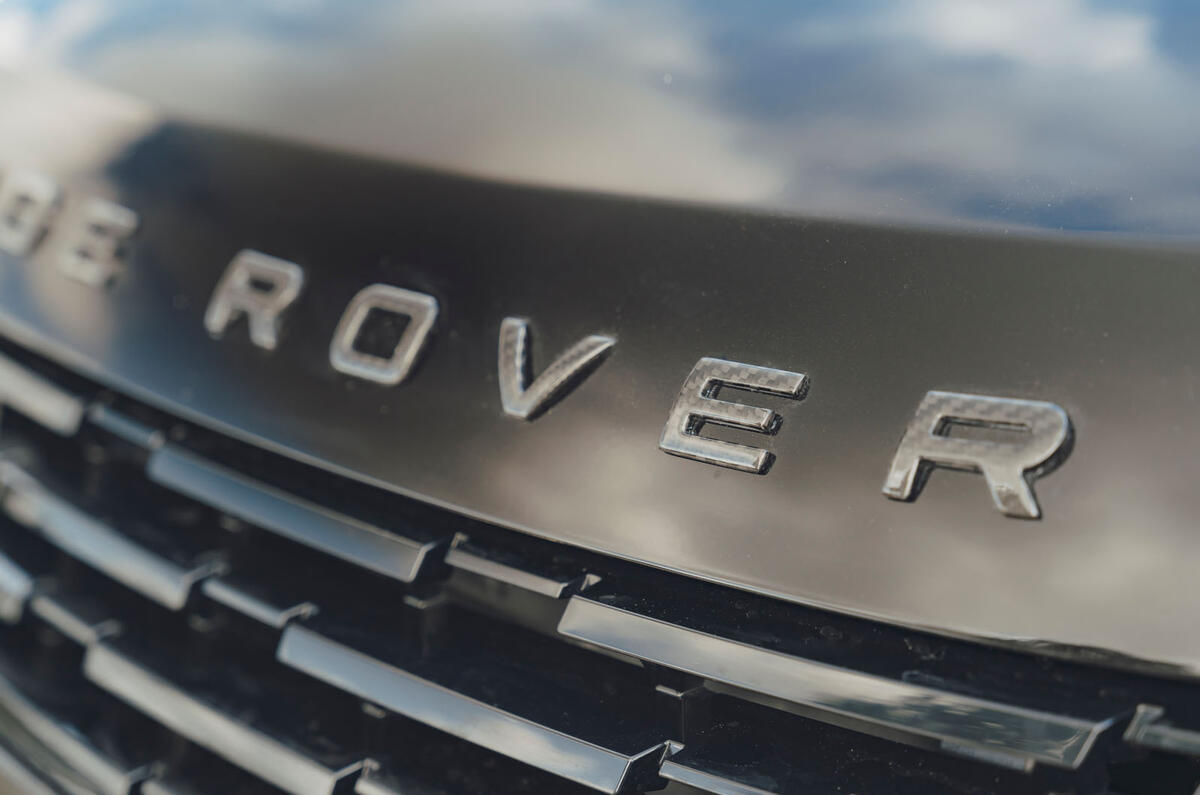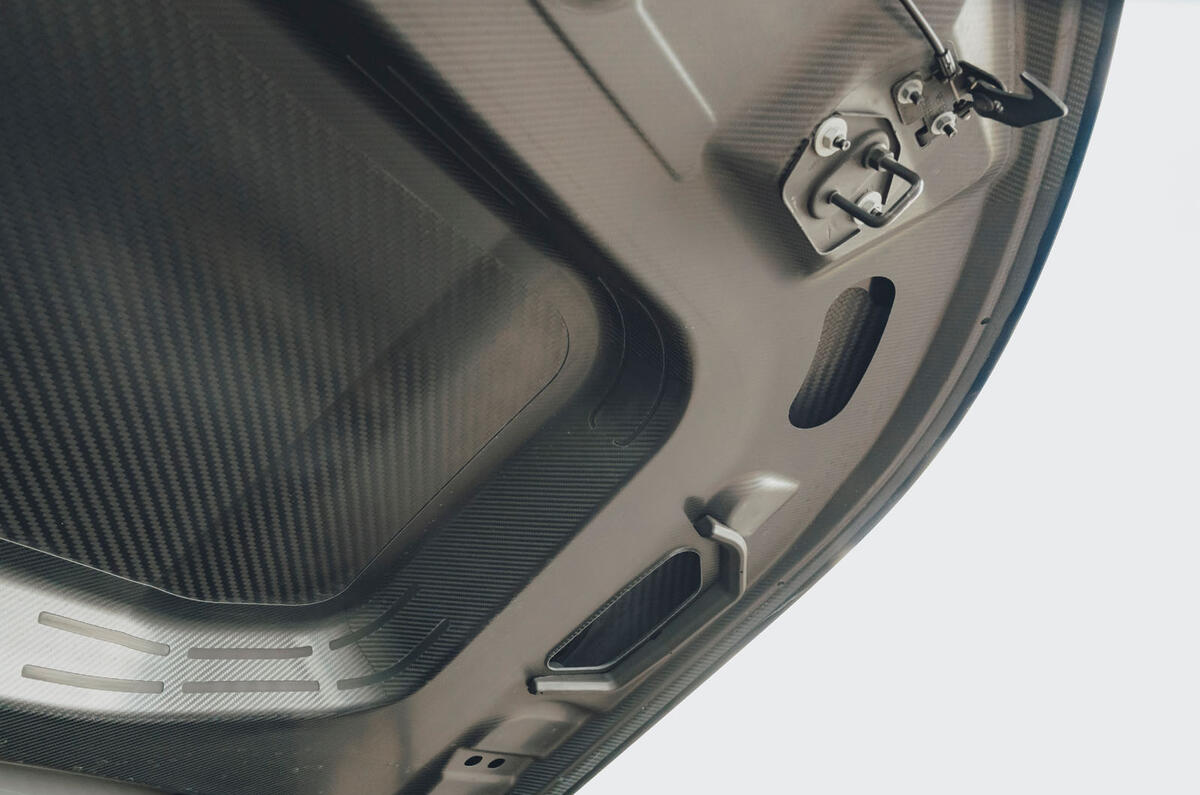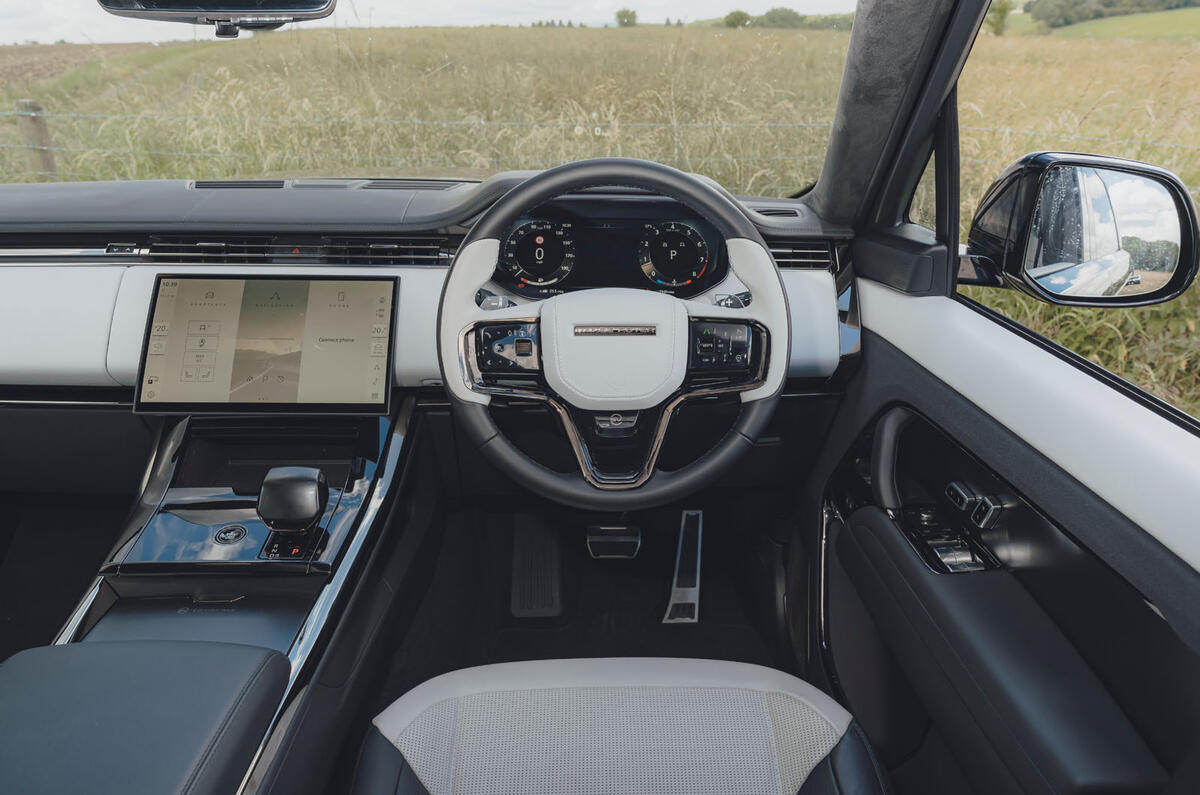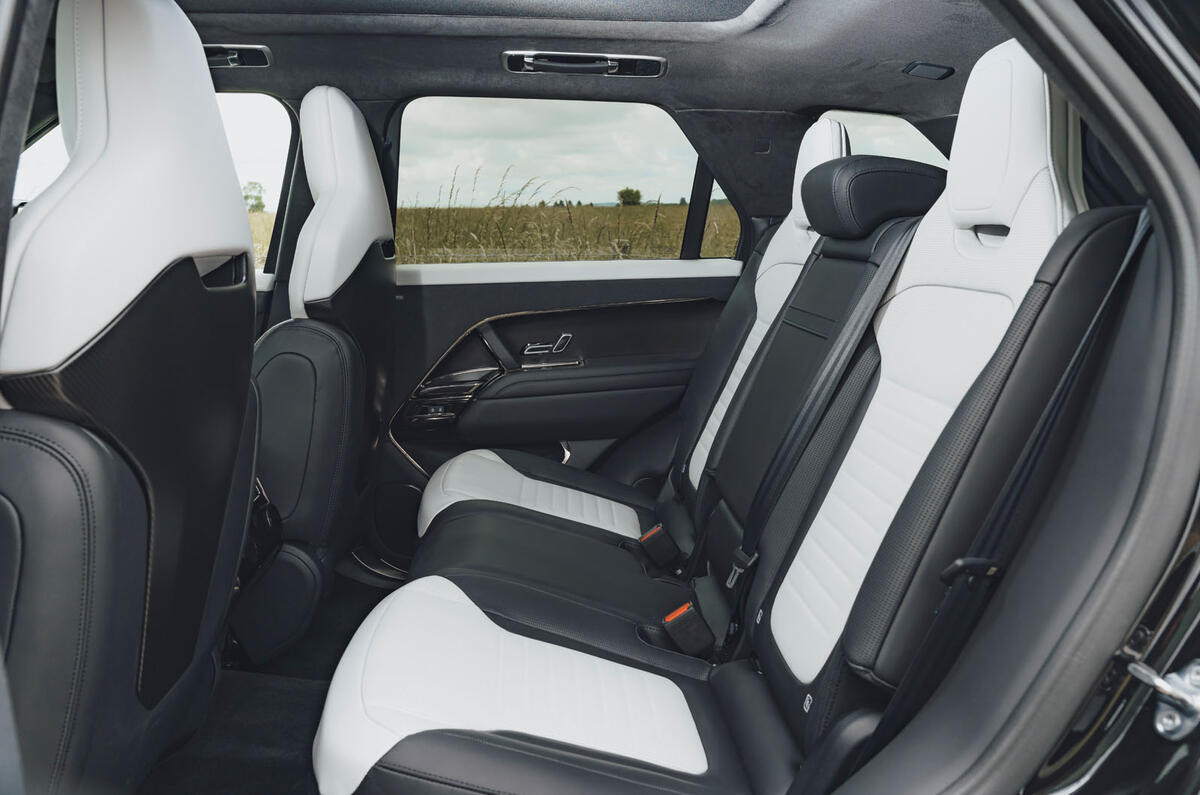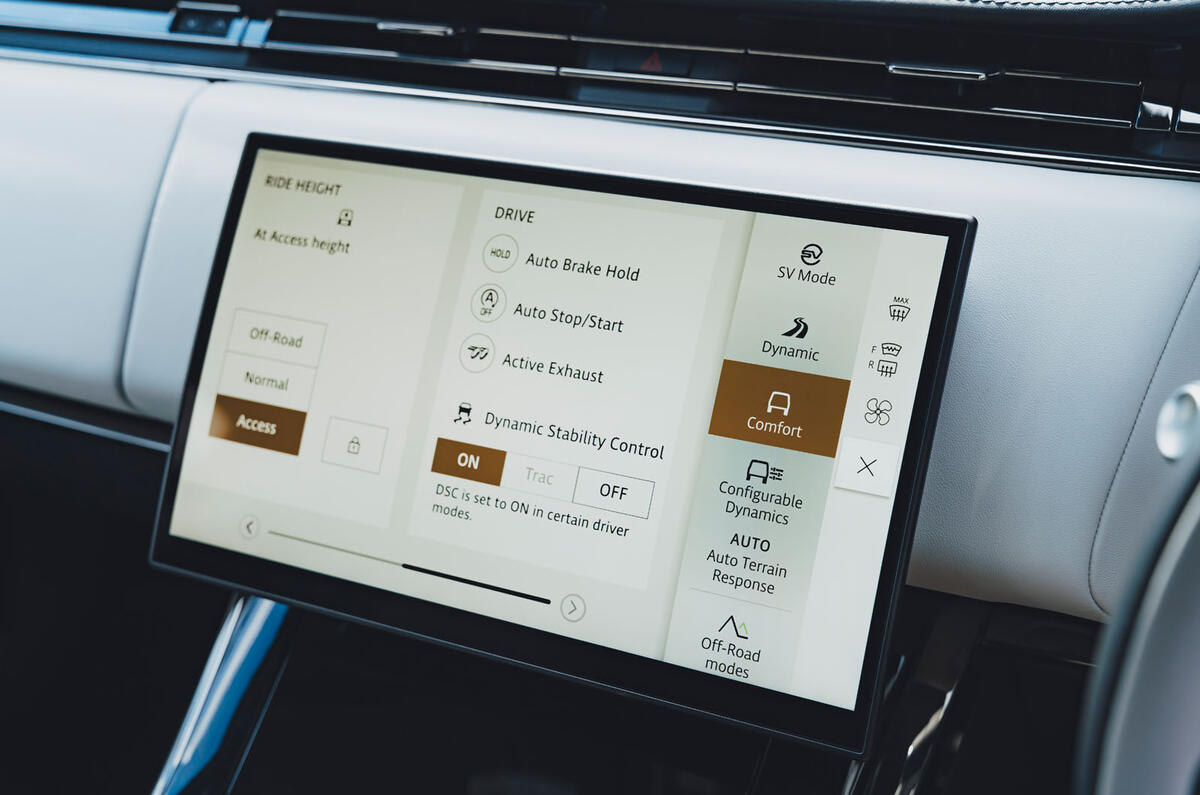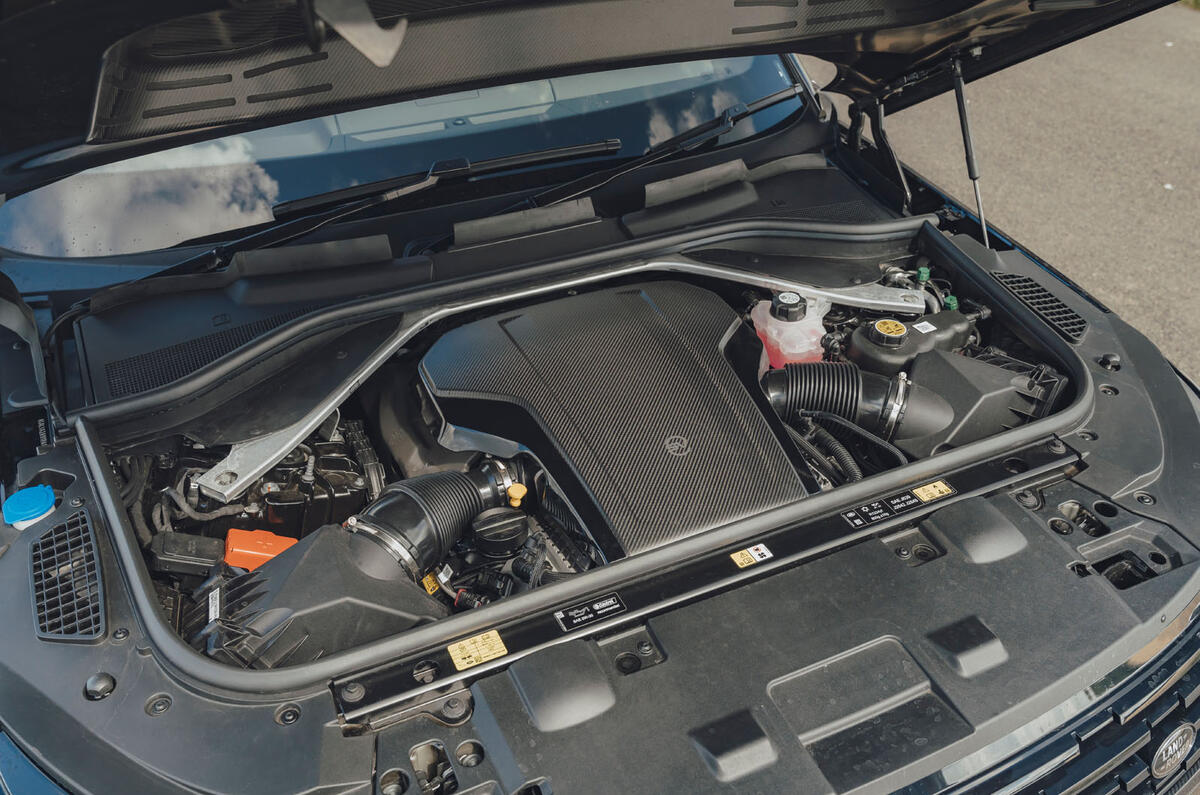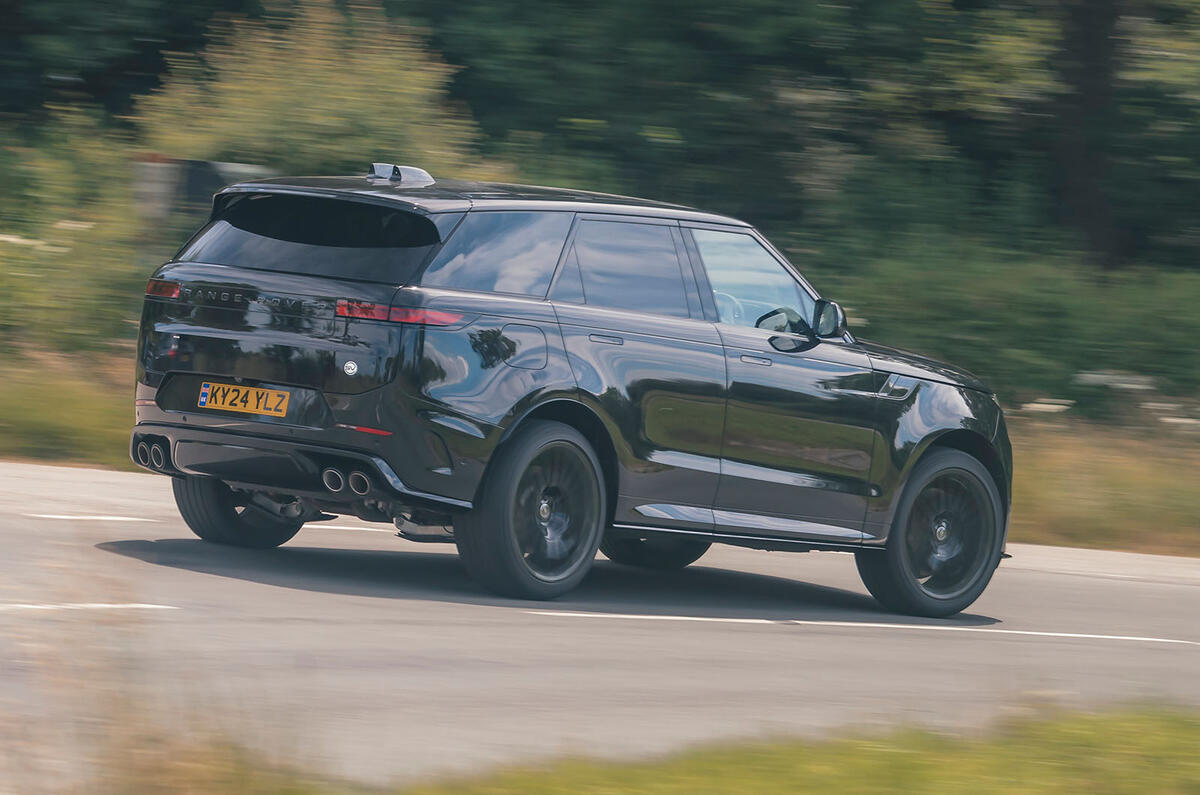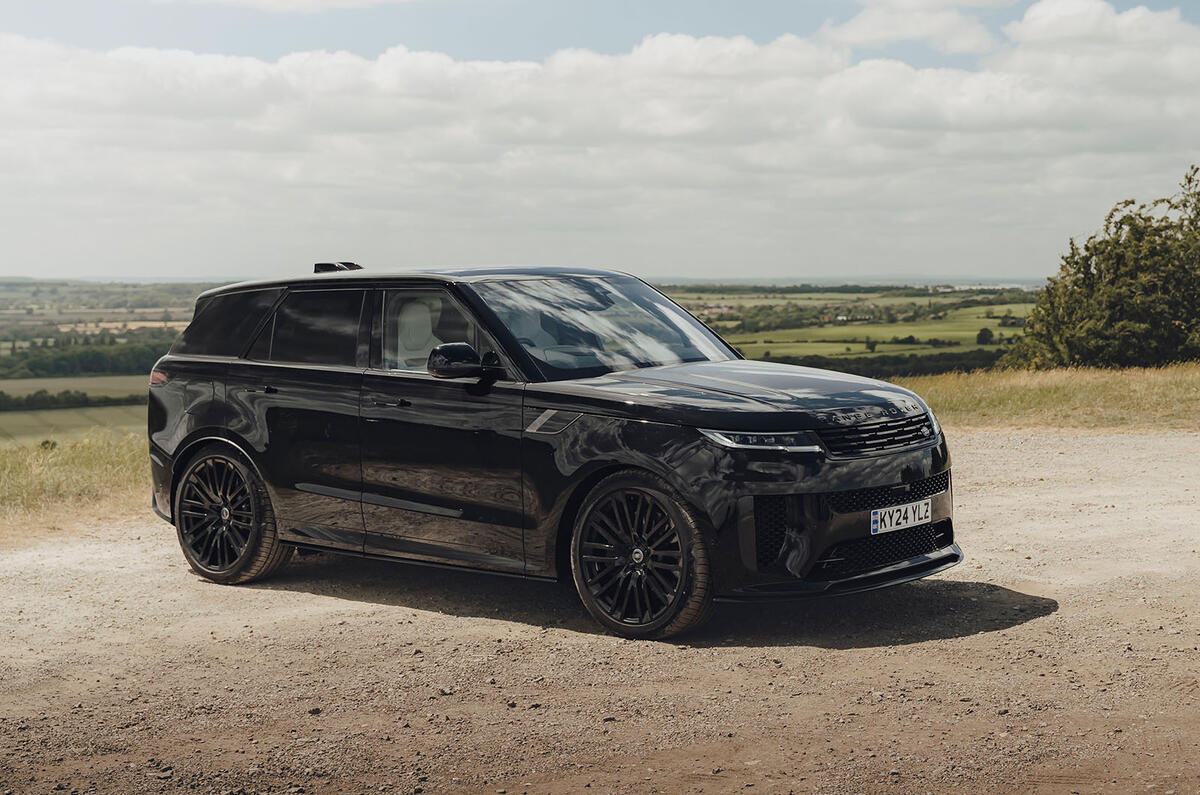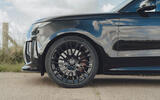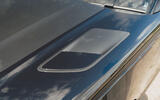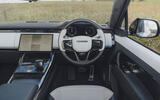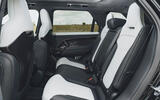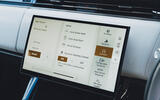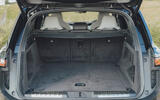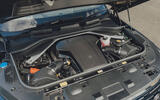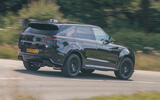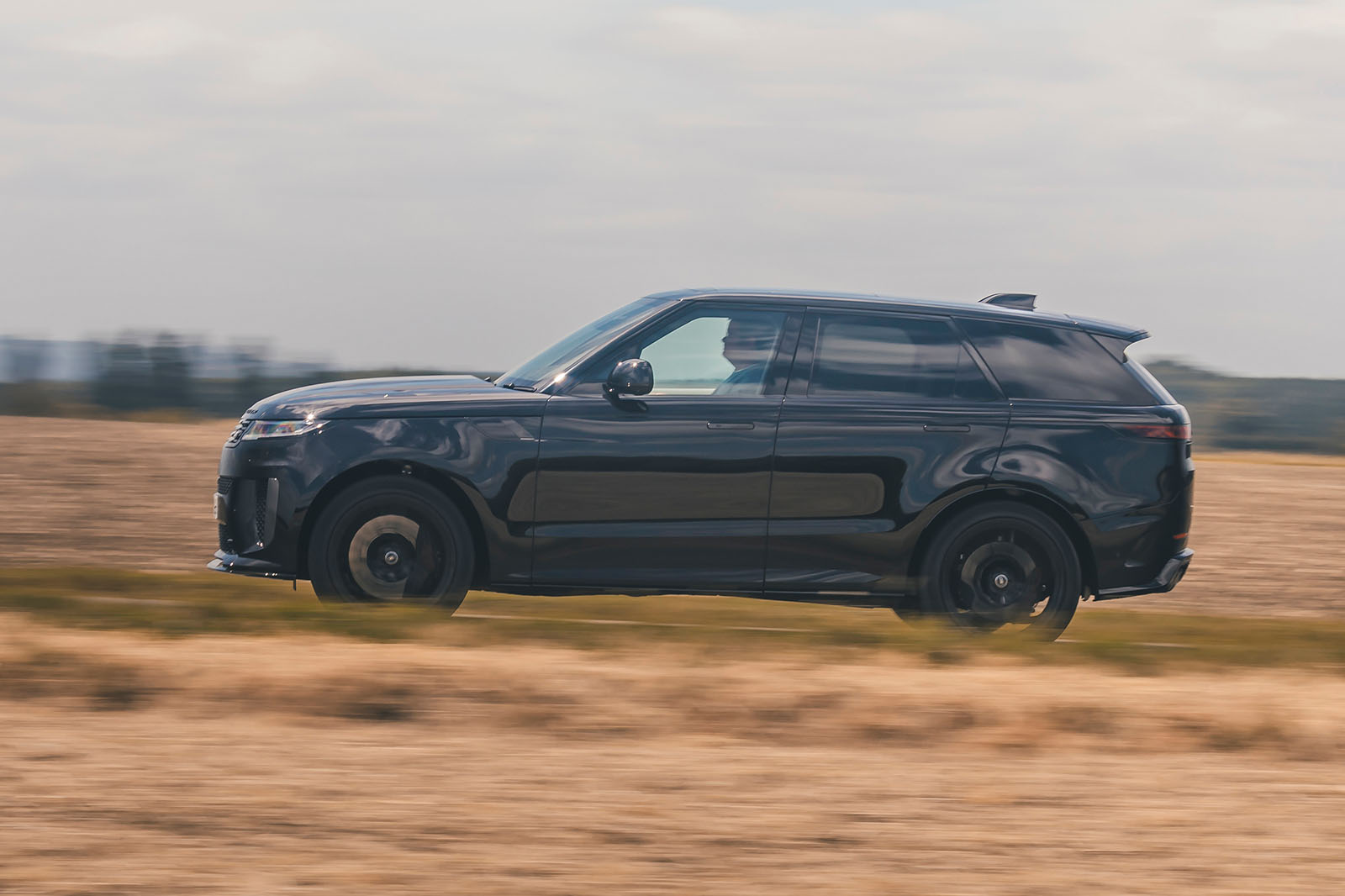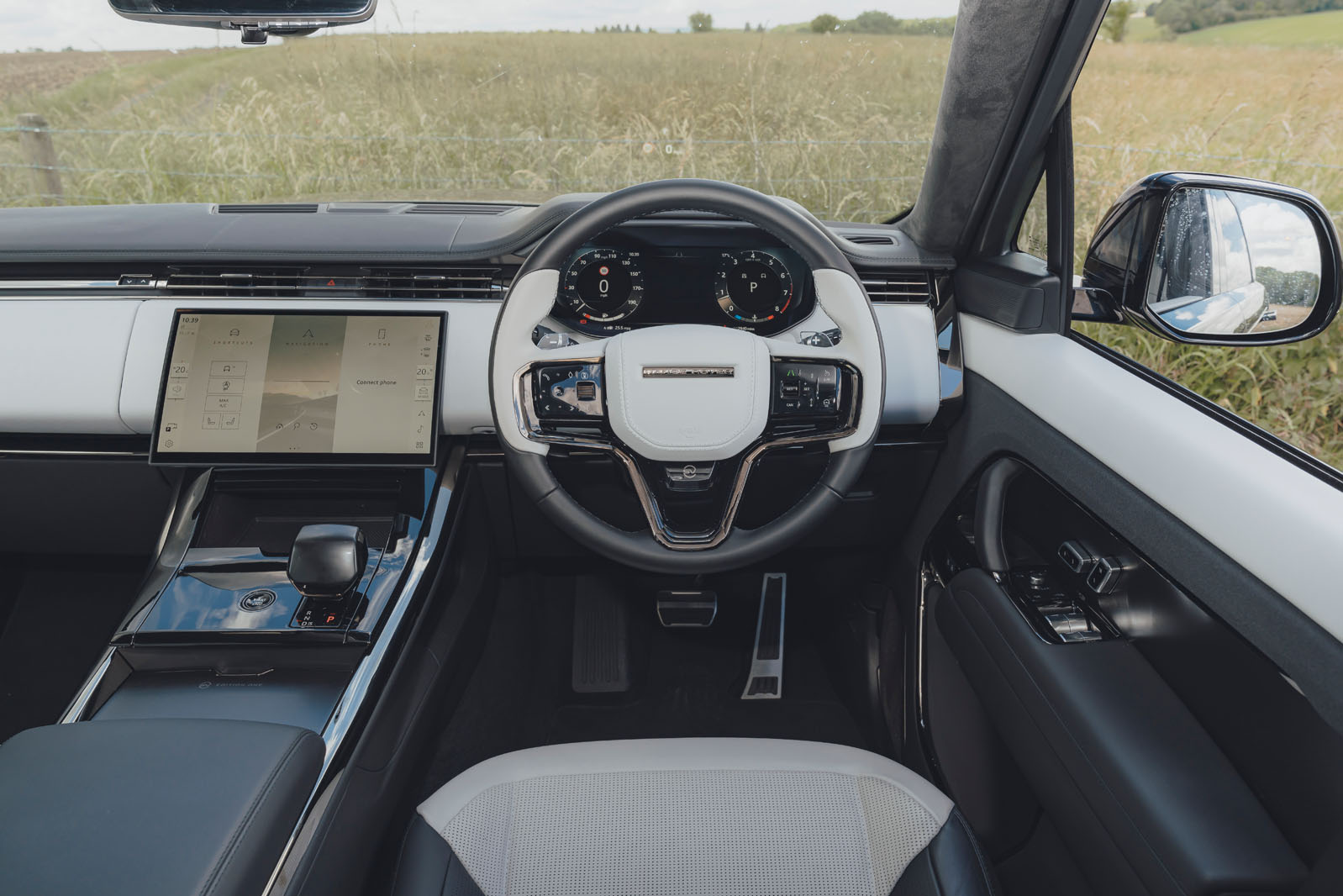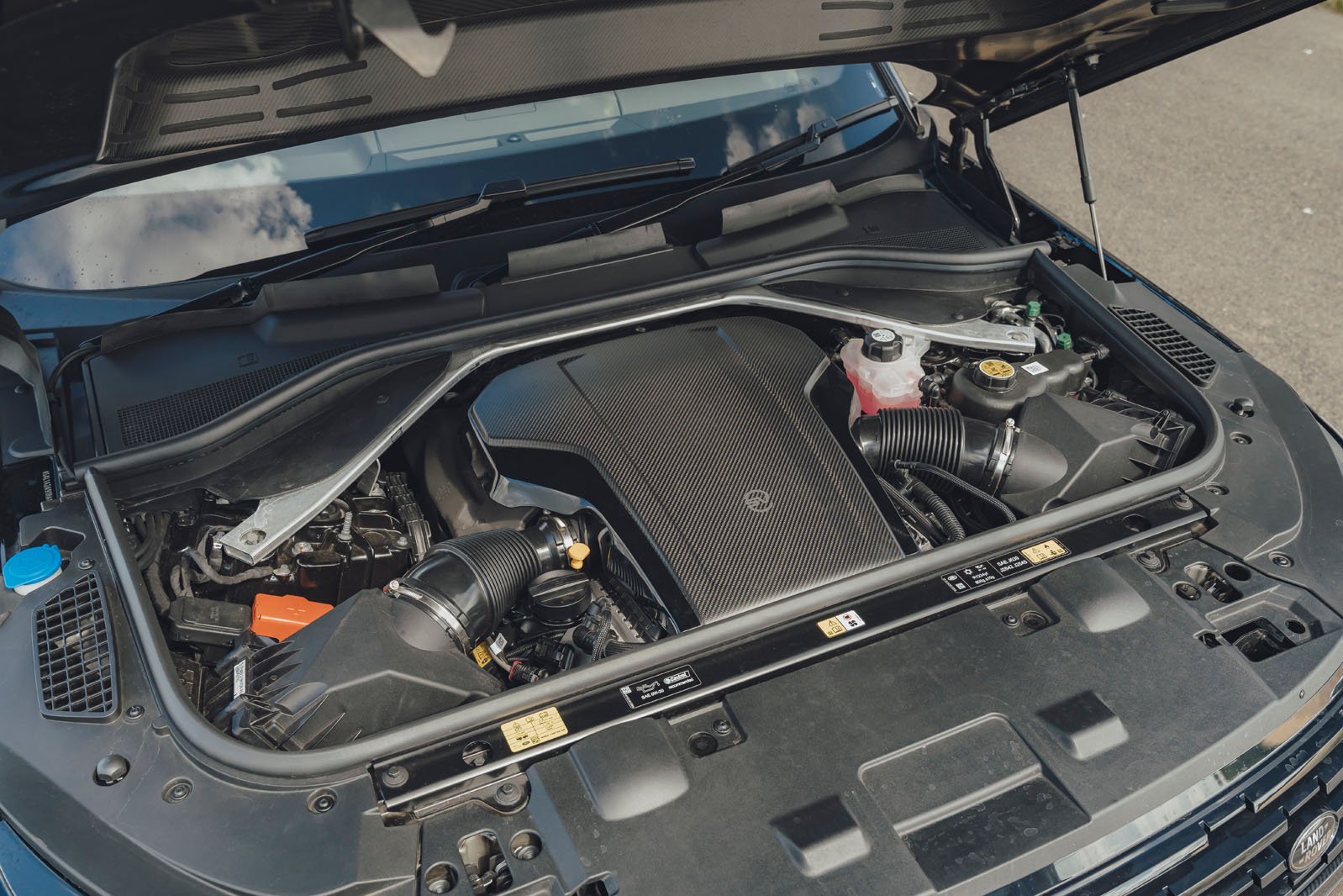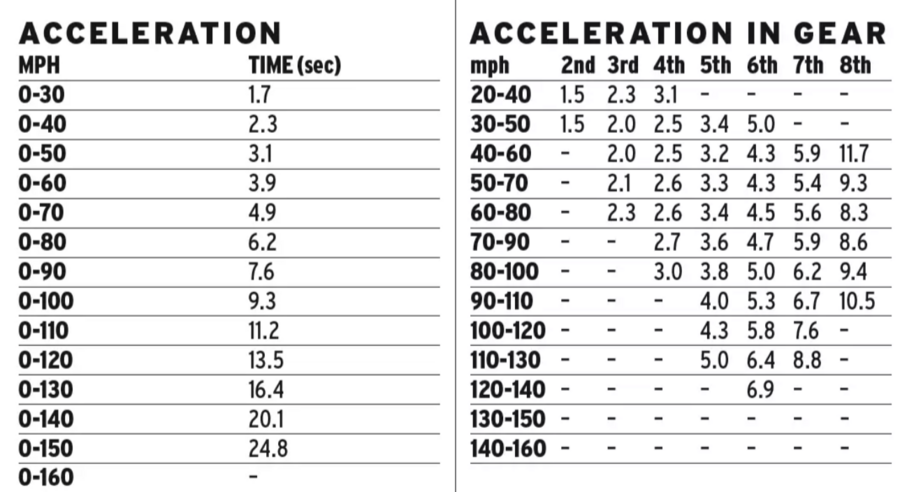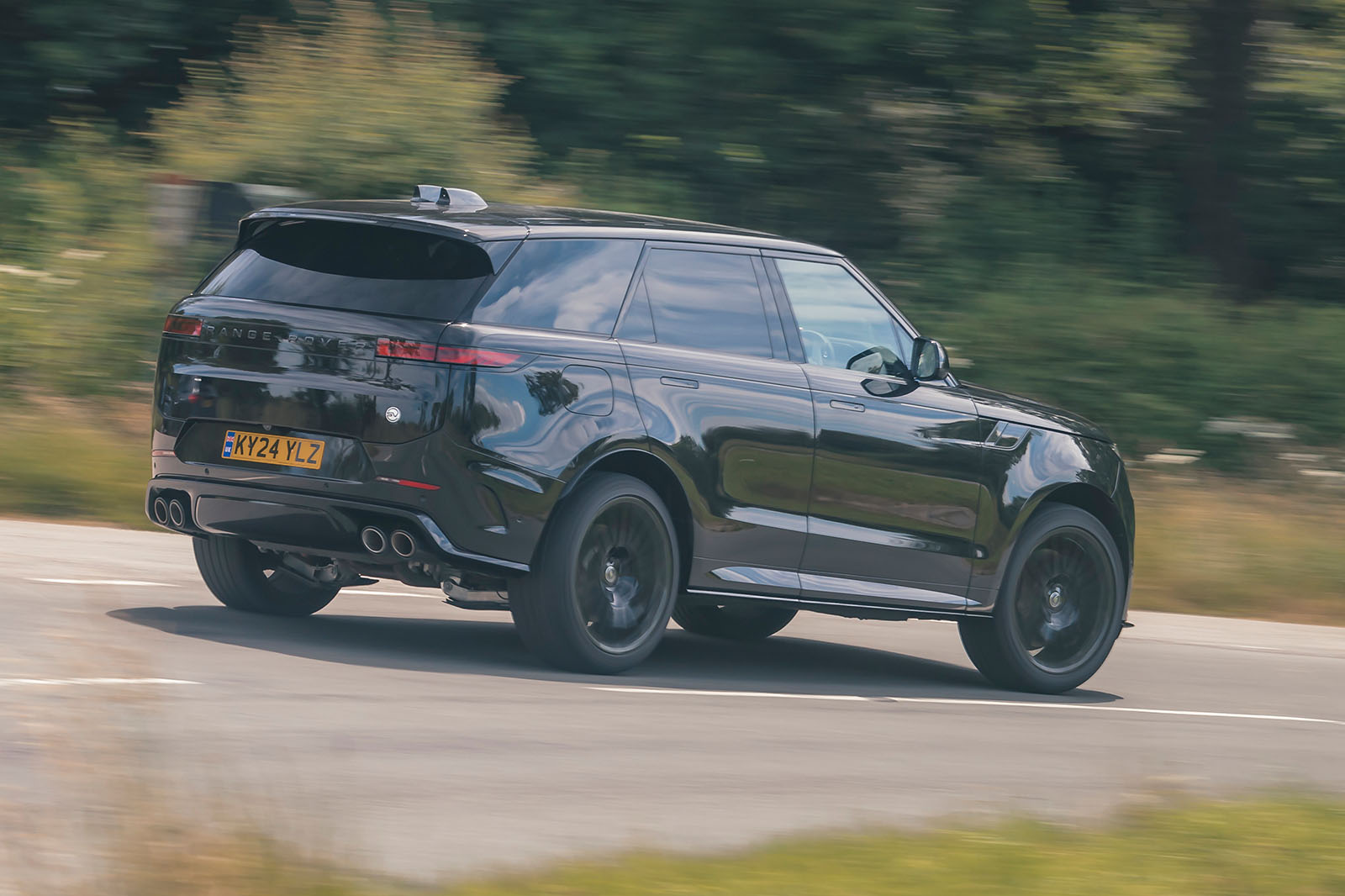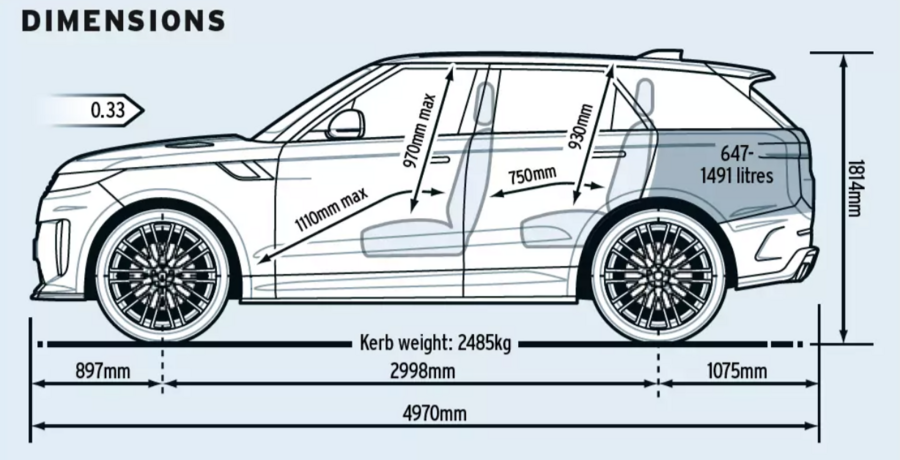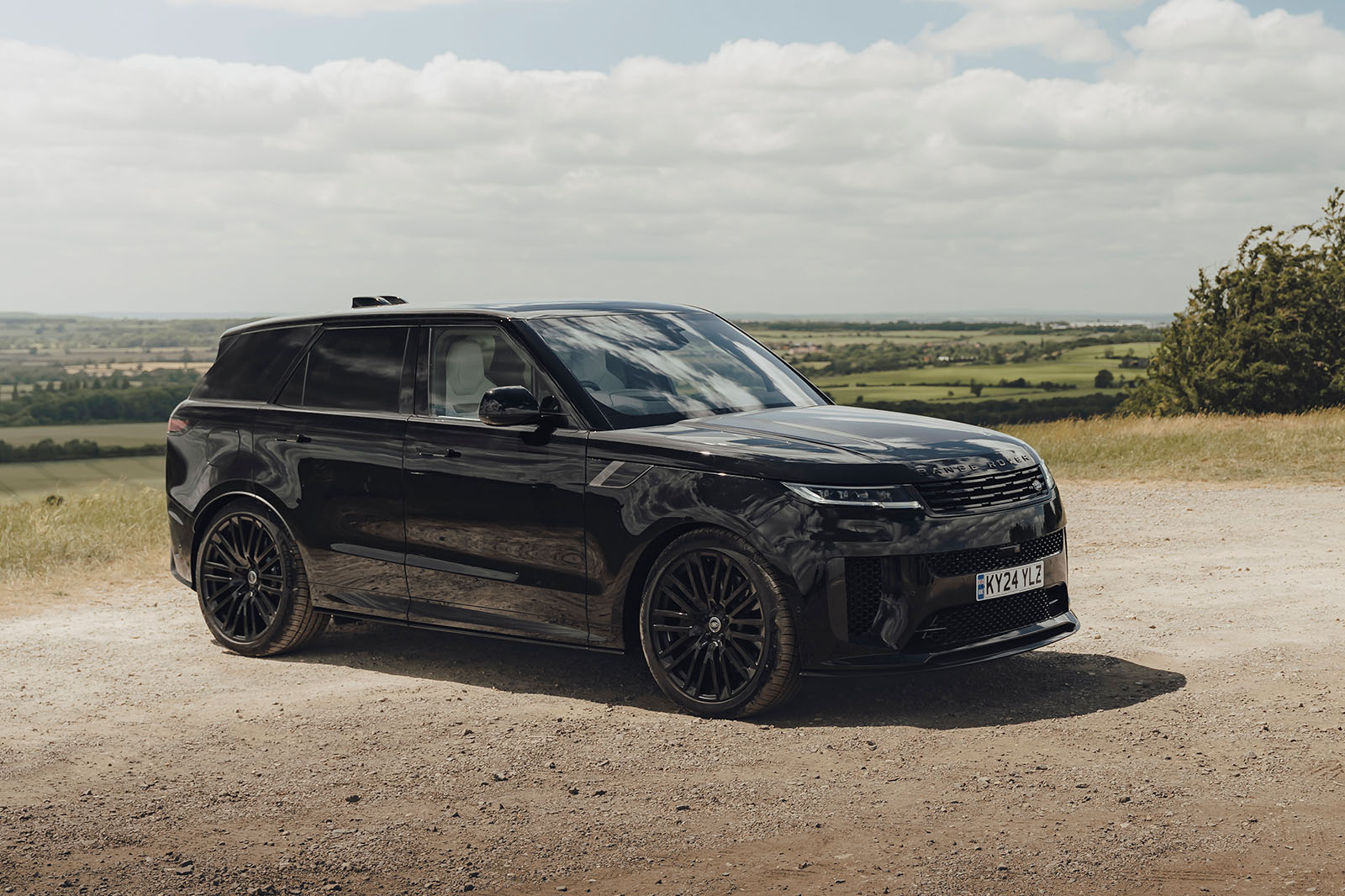When Rover engineers Gordon Bashford and Spen King delivered the original Range Rover in 1970, they can’t have had any idea how important a car it was. Land Rover’s various owners would spend the next 50 years exploring the potential of the Range Rover badge, and JLR continues to do so today. Which brings us to the subject of this review, the new Range Rover Sport SV.
A slightly different take on the idea of a range-topping, ultra-desirable Range Rover Sport, it comes to us almost a decade to the day since the debut of its immediate predecessor at Pebble Beach in 2014: the Range Rover Sport SVR.
Packed full of visual and vocal attitude, that hot Range Rover – the ‘494 RS’, as Land Rover engineers knew it – was emblematic of JLR’s Special Vehicle Operations division at its most performance-fevered peak. It came along just a few years before Jaguar’s wild Project 7 roadster and Project 8 super-saloon specials and represented JLR reaching into Porsche and Mercedes-AMG territory.
But the new Range Rover Sport SV seems to strike out in a different direction again. Rather than putting outright on-road performance and handling at the core of its mission, this special derivative is designed to be a better and more desirable kind of Range Rover in a much broader sense.
It has been engineered like no other high-performance product in the Range Rover brand’s history but is intended to stand out just as clearly for its refinement, luxuriousness and Range Rover-typical reductive design appeal.


